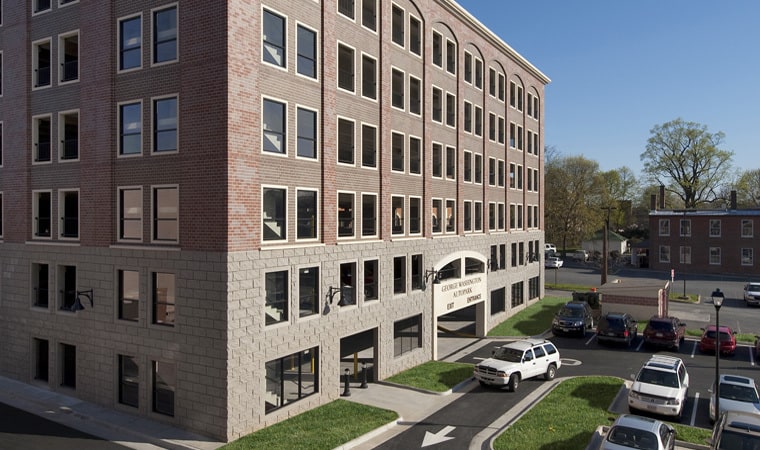Public-private legislation provides a path for local governments and regional authorities to tap into private-sector innovation.
1. What is a public-private partnership (P3)?
Funding new projects in this economy can be challenging. There is a growing desire among local governments to develop solutions that bring private sector expertise (and funds) to benefit the public good. With a P3, public facilities can often be designed, developed and placed in service more quickly and efficiently—much as they would in the private sector.
2. What kind of projects are eligible?
In Virginia, the private sector can submit unsolicited proposals to any agency, institution, or locality. Any project for which there is a clear public benefit is a candidate. A P3 agreement can authorize the development, design, construction, replacement, improvement (and even ownership) of a broad range of public-use buildings such as schools, hospitals, courthouses, universities, parking garages, police stations, recreation centers, and prisons.
3. How common is the P3?
Local governments are embracing privatization. P3 legislation is now supported in many states, including Virginia, Maryland, and Washington DC. The rise in use of public-private partnerships can be attributed to strained public budgets, increasing public needs, and increasing comfort with the private sector’s ability to provide innovative solutions to public needs.
4. What are the risks and rewards of a P3?
Public-private partnerships won’t replace the traditional procurement process, but they do offer an alternative solution — where the benefits can clearly outweigh costs. In comparison to traditional procurement and delivery methods, a public-private partnership may offer more financing flexibility, lower project costs, a quicker project schedule and a more collaborative process. Public entities can leverage and maximize public assets, increase their control over the development process, and get identified (but underfunded) projects built. In return, the private sector receives greater access to land and more support throughout the development process. A few questions to keep in mind:
- Is having the lowest absolute cost priority or the best building? P3 can be faster to develop and build than a traditional design-bid-build project, as well as yield a higher quality product because the design and construction teams are working together throughout the process to create a coordinated facility. This doesn’t always translate to the lowest cost, but it may provide the best value (especially when projects are delivered years ahead of CIP target dates, which eliminates inflationary expenses).
- Are you looking for ease in the contracting process? P3 provides for a single point of accountability, which brings significant ease to agencies that aren’t used to handling a volume of design/construction projects.
Ultimately, each partner must understand and appreciate the nature and scope of the other party’s potential risks and rewards.
5. How do I choose a P3 partner?
Successful partnership requires communication, respect, and trust. There must be a clear understanding of roles, deliverables, and budget. Public entities must be sure to verify the proposer’s experience, longevity, and financial capacity. The reviewing agency must be very comfortable with the proposer’s reputation for product and delivery. The private partner needs to be financially strong and stable.
Entering into a P3 requires that the partners share mutual goals and operate with fairness and transparency. When the P3 process demonstrates clear benefits for all parties, you’ll know you have a worthy project.

